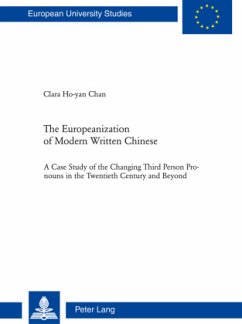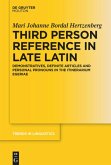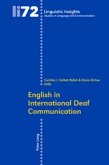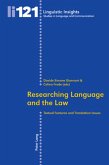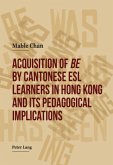This research focuses on the historical study of the third person pronouns ta and tamen in the past 100 years' history of Modern Written Chinese. Since the replacement of wenyan (classical literary Chinese) by baihua (written vernacular Chinese) as the basis of Modern Written Chinese after the May Fourth Movement in 1919, it has been widely claimed that Modern Written Chinese has undergone enormous changes, and that a major influence of such changes has been foreign languages. The evolution of the generic ta () into the masculine ta () and tamen (), the feminine ta () and tamen (), and the neuter ta (/) and tamen (/), is recognized to be due to a process of Europeanization of the Chinese language through translation.
The primary goal of this study is to establish the development of the third person pronouns ta and tamen from the beginning of the 20th century up to the present. The second goal is to examine the role of 'Europeanization' in these changes to the pronouns and the general development of Modern Chinese. Three periods from the beginning and middle of the 20th century (1904-1919, 1952-1953), and the beginning of 21st century (2002-2003) are selected for examination. Changes to the anaphoric pronouns in three grammatical areas, namely gender, number and syntactic function, are investigated based on the indigenous Chinese text and the translated Chinese text, of which the latter represents the Europeanized influence. This analysis is also indicative of the general trend in foreign influence on the Chinese language over the past 100 years.
The primary goal of this study is to establish the development of the third person pronouns ta and tamen from the beginning of the 20th century up to the present. The second goal is to examine the role of 'Europeanization' in these changes to the pronouns and the general development of Modern Chinese. Three periods from the beginning and middle of the 20th century (1904-1919, 1952-1953), and the beginning of 21st century (2002-2003) are selected for examination. Changes to the anaphoric pronouns in three grammatical areas, namely gender, number and syntactic function, are investigated based on the indigenous Chinese text and the translated Chinese text, of which the latter represents the Europeanized influence. This analysis is also indicative of the general trend in foreign influence on the Chinese language over the past 100 years.

